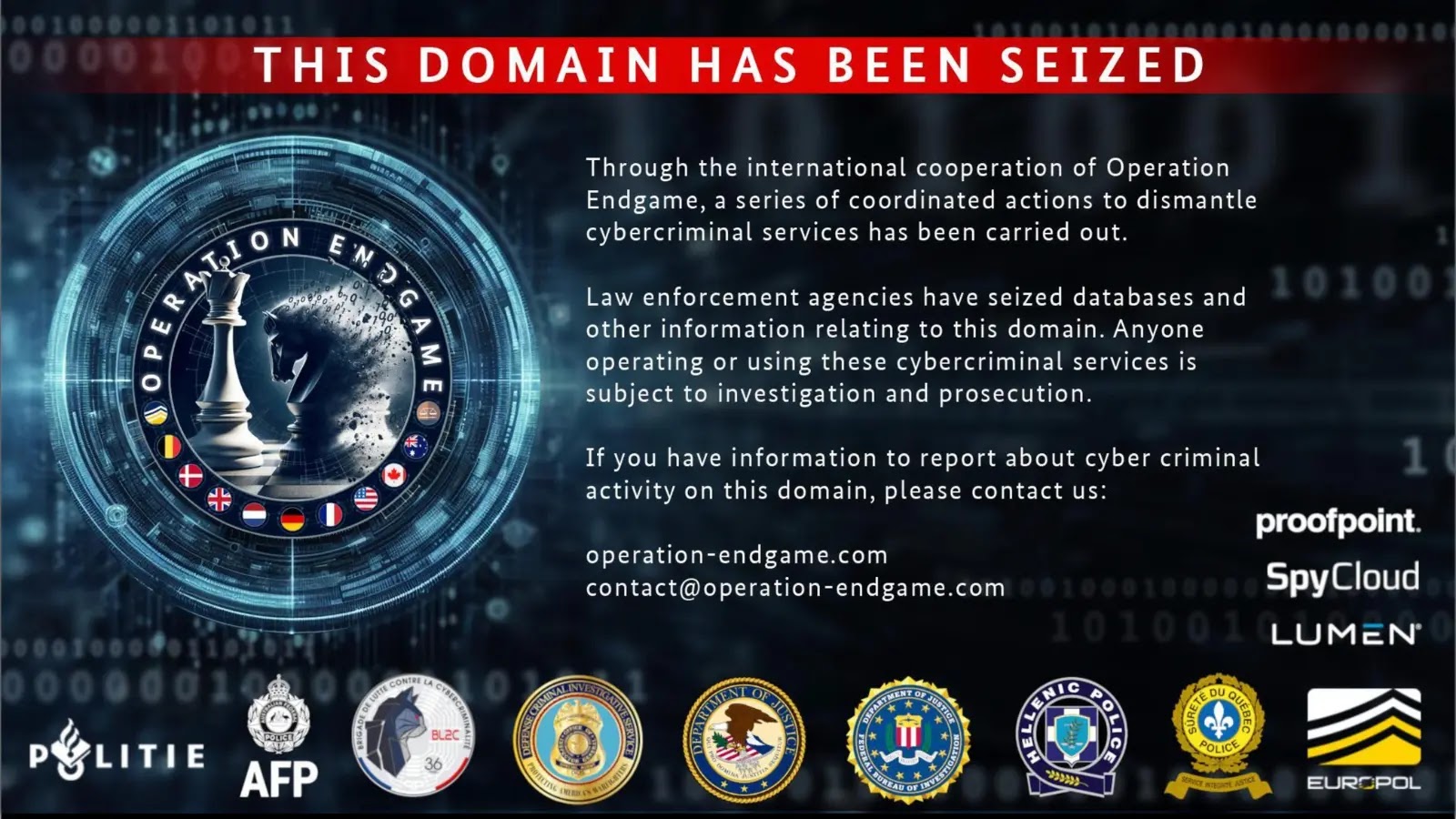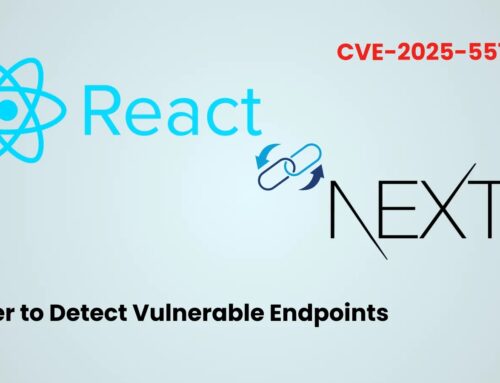
Operation Endgame – 1,000+ Servers Used by Rhadamanthys, VenomRAT, and Elysium Dismantled
In a powerful display of international collaboration, law enforcement agencies have dealt a significant blow to the cybercrime underworld. Dubbed the latest phase of Operation Endgame, a coordinated effort between November 10 and 14, 2025, successfully dismantled over 1,000 servers powering notorious malware families including Rhadamanthys, VenomRAT, and the Elysium botnet. This operation, orchestrated from Europol’s headquarters, underscores the growing effectiveness of global partnerships in combating sophisticated cyber threats.
Understanding Operation Endgame’s Target
Operation Endgame represents a calculated strike against the infrastructure supporting some of the most prevalent and damaging cybercrime tools. The focus on disrupting the command and control (C2) servers for these malware families significantly cripples their ability to operate, impacting countless cybercriminals and protecting potential victims.
The three primary targets of this phase were:
- Rhadamanthys Infostealer: A covert threat designed to pilfer sensitive data from compromised systems. Infostealers like Rhadamanthys are particularly dangerous as they can exfiltrate credentials, financial information, and personal identifiable information (PII), leading to various forms of fraud and identity theft.
- VenomRAT (Remote Access Trojan): A sophisticated tool granting attackers comprehensive remote control over infected machines. RATs are versatile, allowing for data exfiltration, surveillance, execution of arbitrary code, and the deployment of additional malware, making them a cornerstone of many cybercriminal operations.
- Elysium Botnet: A network of compromised computers (bots) controlled by a single attacker, known as a “bot herder.” Botnets like Elysium are used for a wide array of malicious activities, including distributed denial-of-service (DDoS) attacks, spam campaigns, cryptocurrency mining, and credential stuffing.
The Impact of Server Dismantlement
The seizure and dismantlement of over a thousand servers represent a massive setback for the cybercriminals behind Rhadamanthys, VenomRAT, and Elysium. This action directly disrupts their operational capabilities by:
- Cutting Off Communication: C2 servers are the lifeblood of malware operations. Without them, infected machines cannot receive commands, exfiltrate data, or update their malicious payloads.
- Halting New Infections: The infrastructure used to distribute these malware families has been compromised, making it harder for cybercriminals to infect new victims.
- Gathering Intelligence: Seizing these servers provides invaluable intelligence for law enforcement, allowing them to further investigate the perpetrators, identify victims, and prevent future attacks.
- Eroding Trust and Confidence: Frequent disruptions of this scale undermine the confidence of cybercriminals in their infrastructure and potentially deter future illicit activities.
Remediation Actions and Proactive Defense
While law enforcement aggressively pursues cybercriminals, individuals and organizations must maintain robust cybersecurity postures. Here are crucial remediation actions and proactive defense strategies:
- Regular Software Updates: Keep all operating systems, applications, and security software up to date. Patches often include fixes for vulnerabilities that malware exploits.
- Strong Password Policies and Multi-Factor Authentication (MFA): Enforce strong, unique passwords and implement MFA across all accounts to significantly reduce the risk of credential theft.
- Employee Training and Awareness: Educate users about phishing, social engineering tactics, and the dangers of suspicious links or attachments. A significant percentage of breaches involve human error.
- Robust Endpoint Detection and Response (EDR) Solutions: Deploy EDR tools to continuously monitor endpoints for malicious activity, detect threats in real-time, and automate response actions.
- Network Segmentation: Isolate critical systems and sensitive data from less secure parts of the network to limit lateral movement in the event of a breach.
- Regular Data Backups: Implement a comprehensive backup strategy and regularly test recovery processes to ensure business continuity after a data compromise or ransomware attack.
- Threat Intelligence Integration: Utilize threat intelligence feeds to stay informed about emerging threats and indicators of compromise (IOCs) associated with malware like Rhadamanthys and VenomRAT.
Detection and Mitigation Tools
Organizations can leverage various tools to detect and mitigate the risks posed by infostealers and RATs:
| Tool Name | Purpose | Link |
|---|---|---|
| Endpoint Detection and Response (EDR) Solutions | Real-time threat detection, incident response, and forensic capabilities on endpoints. | (Consult your preferred EDR vendor) |
| Network Intrusion Detection/Prevention Systems (NIDS/NIPS) | Monitor network traffic for suspicious patterns and block known malicious activity. | (Consult your preferred NIDS/NIPS vendor) |
| Security Information and Event Management (SIEM) | Aggregates and analyzes security logs from various sources to provide a centralized view of security events. | (Consult your preferred SIEM vendor) |
| Antivirus/Anti-Malware Software | Detects and removes known malware, including infostealers and RATs. | (Consult your preferred AV vendor) |
| Vulnerability Scanners | Identifies security weaknesses in systems and applications that could be exploited by attackers. | (e.g., Nessus, QualysGuard) |
Conclusion
Operation Endgame is a testament to the power of international collaboration in the fight against cybercrime. The disruption of over 1,000 servers linked to Rhadamanthys, VenomRAT, and Elysium significantly hampers the operations of these malicious actors and protects countless potential victims. While law enforcement efforts continue, proactive cybersecurity measures remain essential. Staying vigilant, employing robust defense strategies, and fostering a culture of security awareness are paramount in our collective effort to build a more secure digital landscape.





